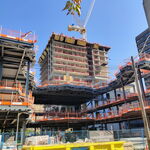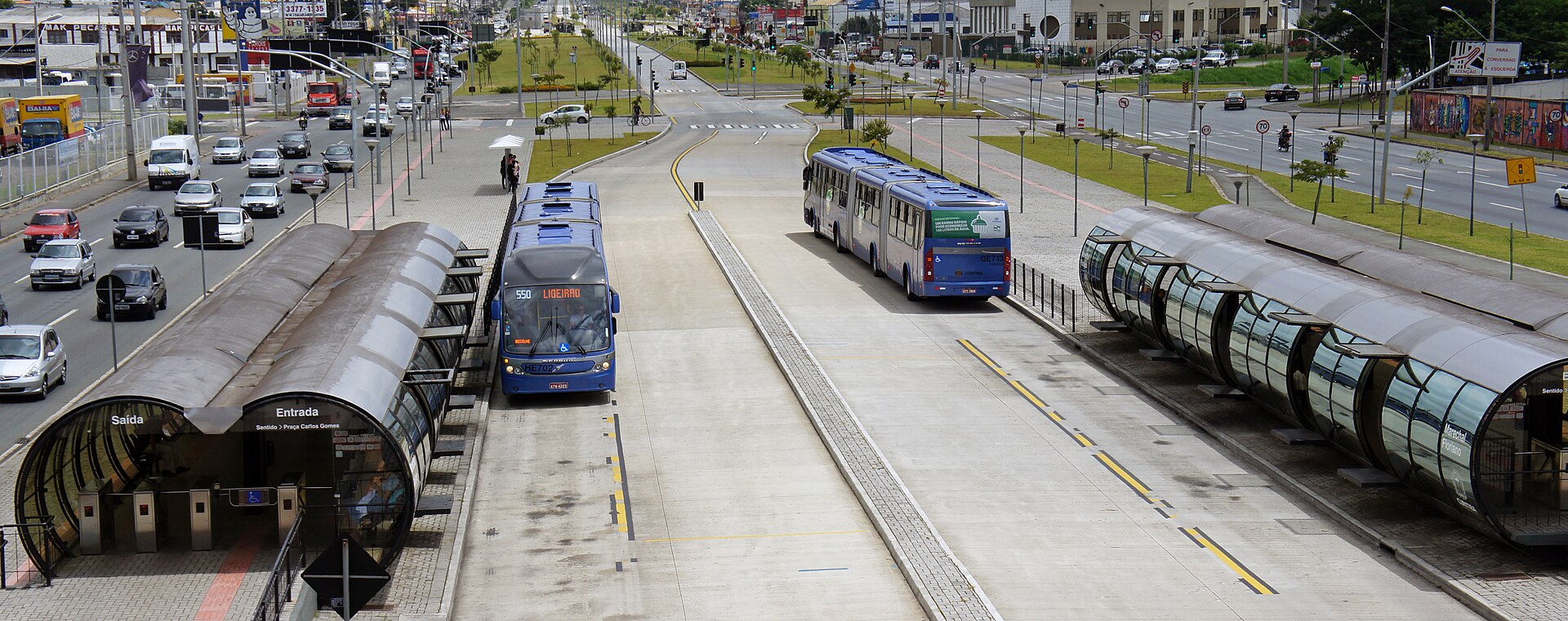robmausser
Senior Member
Considering the Markham councillors want an LRT for the 407 transitway,
https://www.yorkregion.com/news-sto...ready-missed-the-bus-markham-councillors-say/
and Metrolinx wants a BRT until 2051, perhaps these would be a good compromise
http://metro.co.uk/2017/10/28/new-t...-china-7034155/?ito=amp-share-facebook-bottom
https://www.yorkregion.com/news-sto...ready-missed-the-bus-markham-councillors-say/
and Metrolinx wants a BRT until 2051, perhaps these would be a good compromise
http://metro.co.uk/2017/10/28/new-t...-china-7034155/?ito=amp-share-facebook-bottom
Last edited:






